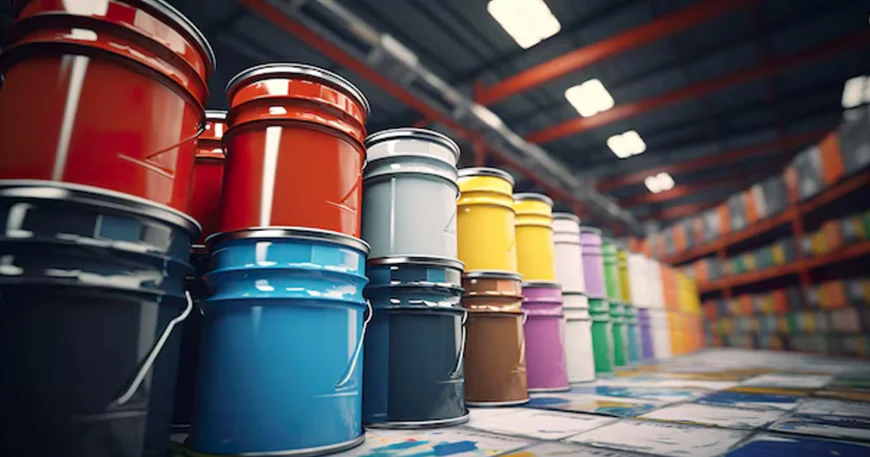Introduction
Choosing the right type of paint for any project is not just a matter of aesthetics; it is a strategic decision that impacts the building’s lifespan, indoor comfort, and even the health of its occupants. Paints vary according to the raw materials used in their production, the nature of the surface, and the available budget. This article explores the main categories of paints, their advantages and disadvantages, and the best applications for each type, helping decision-makers select the most suitable option for their projects.
1. Oil-Based Paints
Among the oldest and most commonly used paints, oil-based formulations are still relevant today despite modern alternatives.
- Advantages:
- Provide a hard, glossy finish.
- Strong resistance to moisture, making them suitable for kitchens and bathrooms.
- Highly durable and long-lasting.
- Disadvantages:
- Take longer to dry compared to water-based paints.
- Emit strong odors and may contain harmful compounds.
- Applications:
- Doors, windows, and wooden furniture.
- Metal surfaces exposed to humidity.
2. Water-Based Paints
The most widely used worldwide due to their ease of application and eco-friendly nature.
- Advantages:
- Quick drying.
- Easy to clean with water.
- Safer for health and environmentally friendly.
- Available in different finishes (matte, semi-gloss, glossy).
- Disadvantages:
- Less resistant to extreme weather compared to industrial paints.
- May require multiple coats for full coverage.
- Applications:
- Interior walls of homes and offices.
- Ceilings and moderate-traffic areas.
3. Industrial and Specialized Paints
Developed to meet specific technical needs beyond aesthetics.
- Epoxy Paints:
- Excellent chemical and abrasion resistance.
- Ideal for industrial floors, warehouses, and hospitals.
- Polyurethane Paints:
- Extremely durable and resistant to harsh weather conditions.
- Commonly used for exterior surfaces, metals, and automotive coatings.
- Heat-Resistant Paints:
- Withstand temperatures up to 600°C and beyond.
- Used for boilers, furnaces, and chimneys.
- Antibacterial Paints:
-
- Formulated to prevent the growth of bacteria and fungi.
- Essential in hospitals, clinics, and laboratories.
4. Decorative Paints
These paints go beyond protection to add an artistic and luxurious touch.
- Popular decorative effects include:
- Velvet finishes.
- Stone-like or wood-like textures.
- Metallic and pearlescent effects.
- Applications:
- Hotels, restaurants, and modern residences.
- Reception areas and exhibition halls.
5. Choosing the Right Paint for Each Project
- Homes and Apartments: Water-based paints for interiors, oil-based for wood and doors.
- Hospitals and Laboratories: Antibacterial or epoxy paints for walls and floors.
- Factories and Warehouses: Epoxy or polyurethane coatings for chemical and mechanical resistance.
- Commercial Buildings: Decorative paints indoors, weather-resistant coatings outdoors.
6. Practical Tips Before Choosing Paint
- Analyze the surface and environment (indoor, outdoor, industrial).
- Consider project budget, as costs vary significantly.
- Select certified paints from reputable manufacturers.
- Consult specialists for professional recommendations on type and color.
Conclusion
The paint industry offers a wide variety of products, each tailored to specific needs. Understanding these categories ensures smarter decisions that balance aesthetics, durability, and functionality. With continuous technological advancements, the future promises even more versatile and innovative paint solutions, making the selection process easier and more impactful for every type of project.


